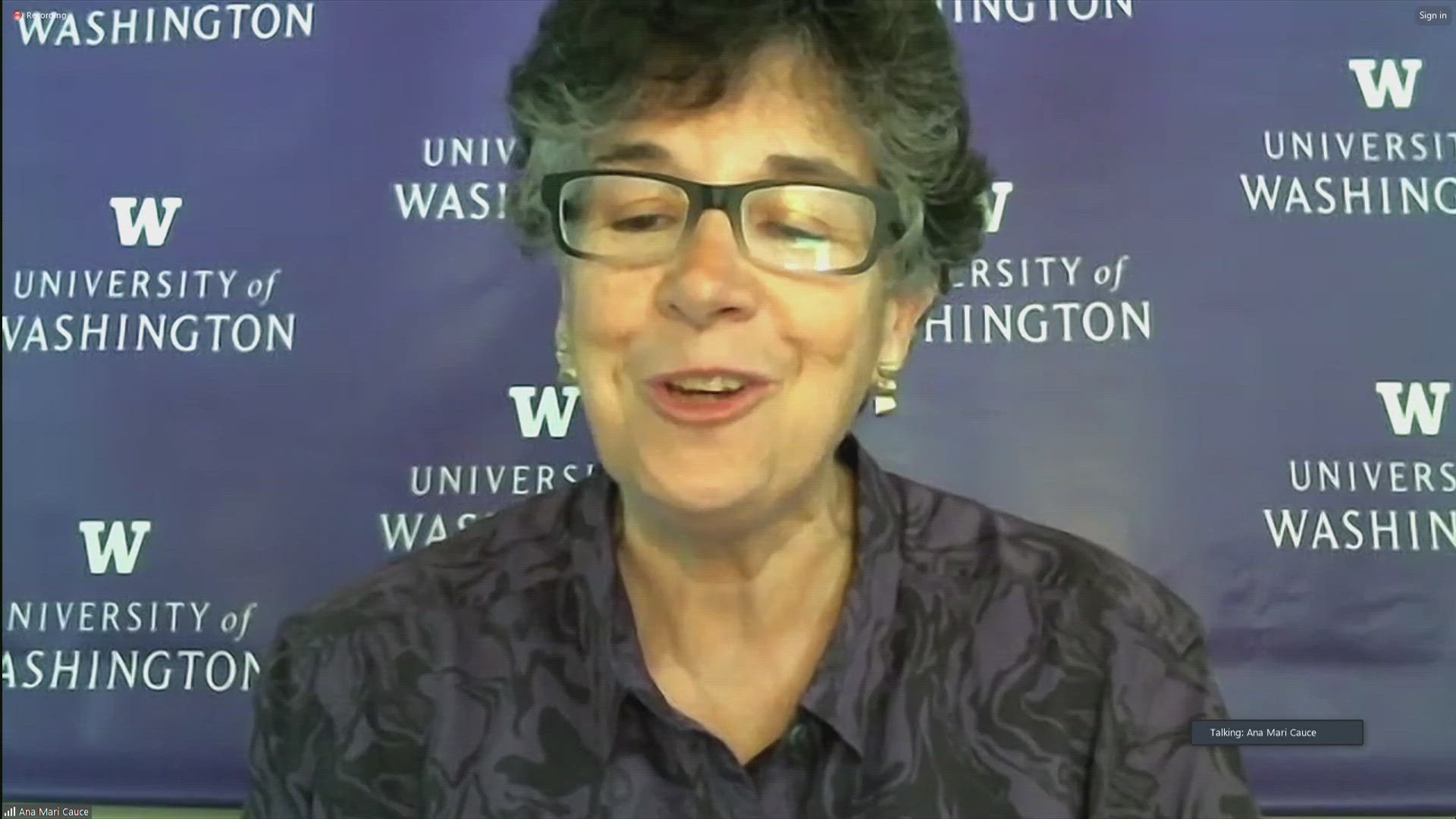SEATTLE — The Pacific-12 Conference was created in the Pacific Northwest and has had Seattle as a member city since its inception in 1915 as the Pacific Coast Conference.
However, after a tumultuous few years and 24-hour unraveling, the once-vaunted Pac-12 was dwindled to just four schools last week. The University of Washington and the Emerald City will join the Big Ten Conference in 2024, along with Oregon, UCLA and USC. The Big 12 Conference already had welcomed Colorado in, and Friday's realignment extravaganza saw Arizona, Arizona State and Utah join them in accepting future memberships in the Southwest-based conference.
Washington State is one of the four schools left holding up what remains of the Pac-12, having failed to draw interest from one of the other major conferences along with California, Oregon State and Stanford. WSU and the rest of the conference have given no indication they plan to just let the conference die, and a number of expansion scenarios are likely being explored as we speak by the leadership of the remaining teams.
However, reports indicate that both the Big Ten and the Atlantic Coast Conference have considered inviting Cal and Stanford, so Oregon State and WSU seem likely to be left in the dust if one of those larger conferences indeed extends an invite to the Bay Area universities.
Why is everyone leaving the Pac-12?
There are a multitude of reasons why the Pac-12 is in its current dismembered state, but the one word it inevitably always comes back to is ... money.
On Aug. 1, Pac-12 Commissioner George Kliavkoff presented the then-nine member schools with a media rights offer from Apple. This contract was worth $25 million annually per school approximately, The Athletic's Stewart Mandel reported. That figure was lower than what Big 12 Schools had reportedly secured annually in their recent media rights contract and is much less than what the Big Ten and Southeastern Conference pay out annually to members.
As concerns around visibility on a streaming-only platform and smaller team shares than other conferences, rumors began to get louder of departures by some members. Sure enough, Aug. 4 saw five schools (UW, Oregon, Arizona, ASU, Utah) join the three (UCLA, USC, Colorado) that already had announced their departure.
UW and Oregon will get a reported $30 million per year in a partial share of Big Ten revenue that will increase annually, The Seattle Times' Mike Vorel reported citing a source. The Arizona schools and Utah will get full media rights shares of $31.7 million once the Big 12's new contract begins in 2025, The Action Network's Brett McMurphy reported citing sources. Colorado, UCLA and USC already had negotiated larger annual payouts than what the Pac-12 was proposing.
The West Coast's premier college athletic conference with hundreds of national championships across nearly every sport in the NCAA simply was dismantled by financials. The 2023-24 academic year will be the final year of Pac-12 competition with its full 12-member complement, and it could be the last in the 100-plus year history of the league.
What will happen to WSU Athletics?
This is a difficult question to answer, as little information has leaked out about the future of Washington State's program. Cal and Stanford appear likely to eventually get to one of the larger conferences, but not much has come to light about the two remaining Pacific Northwest members.
UW emphasized in its press conference announcing the move to the Big Ten that the Apple Cup would continue in all sports, something Gov. Jay Inslee put out his support for shortly after the news of UW's Pac-12 exit leaked out. Beyond the annual contests between the two largest universities in the state, the future of college football in Washington is very much up in the air.
Washington State could try to team up with Oregon State and pitch itself to one of the larger conferences like the ACC or Big 12, or it could enter a much closer geographic conference like the Mountain West.
The Pac-12 could expand and add teams like Boise State or other schools on the western side of the country looking to move up. However, that would take buy-in from each of the four schools together, and a larger new Pac-12 with less of the elite talent it once had will make it less desirable to the College Football Playoff and media companies.
While the solution remains unclear, WSU must now be proactive and act if it wants to maintain its place as a top-end Division I athletic program. If it waits too long in hope of a bailout from another conference or media company, WSU could be forced to make some tough decisions on staffing and budgets once the remaining Pac-12 money runs dry.
What does UW Athletics' future hold?
Struggles are likely coming for Washington's athletic department as well, which has to figure out the logistics of scheduling its non-revenue-generating sports for road trips that could span 3,000 miles with the coast-to-coast membership of the Big Ten.
The football team will be fine and will have a much easier time recruiting nationwide with the higher visibility offered by the Big Ten. As one of the strongest basketball conferences in the country, the UW Men's Basketball team will have its work cut out for it to compete after a recent downward trend.
Overall, the money from the Big Ten will still be more than what could have been recouped in the Pac-12. However, UW will now become a school getting significantly less than a full share of its new conference's media rights revenue for the next decade.
One thing that is certain is that the upcoming academic year will be the last one that feels normal to longtime fans of UW, WSU and really any major college athletic program on the West Coast.

